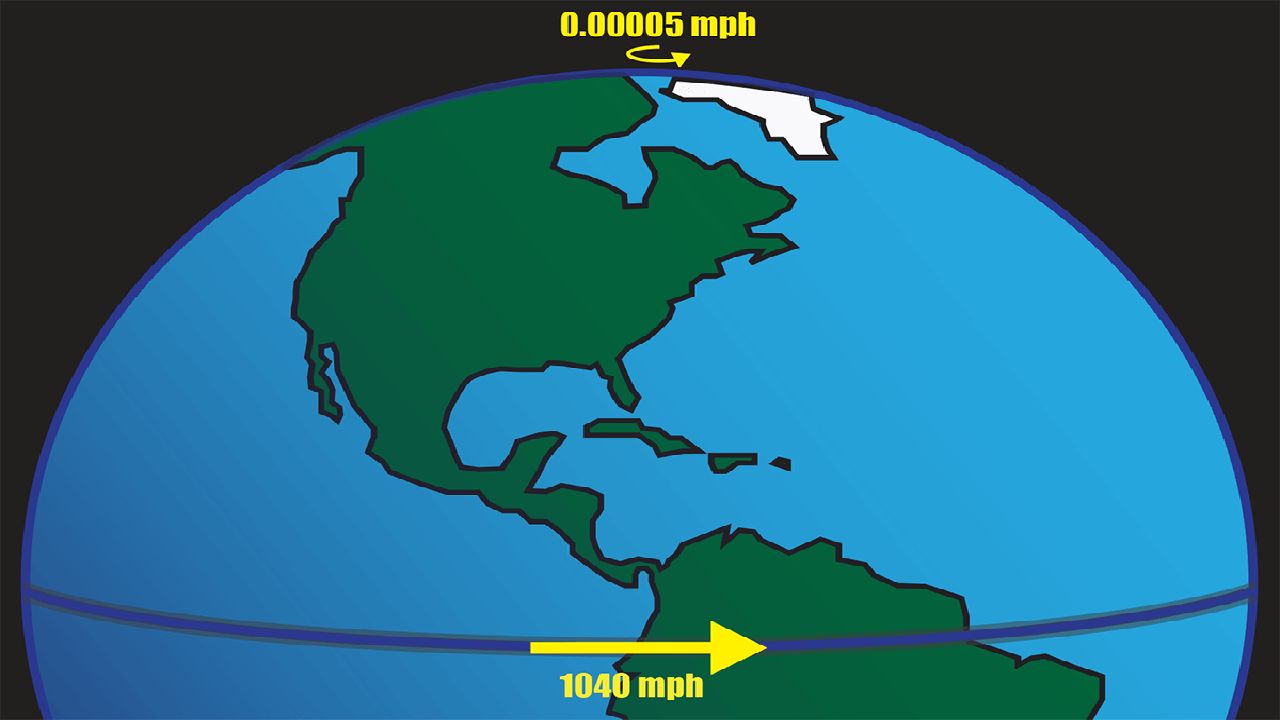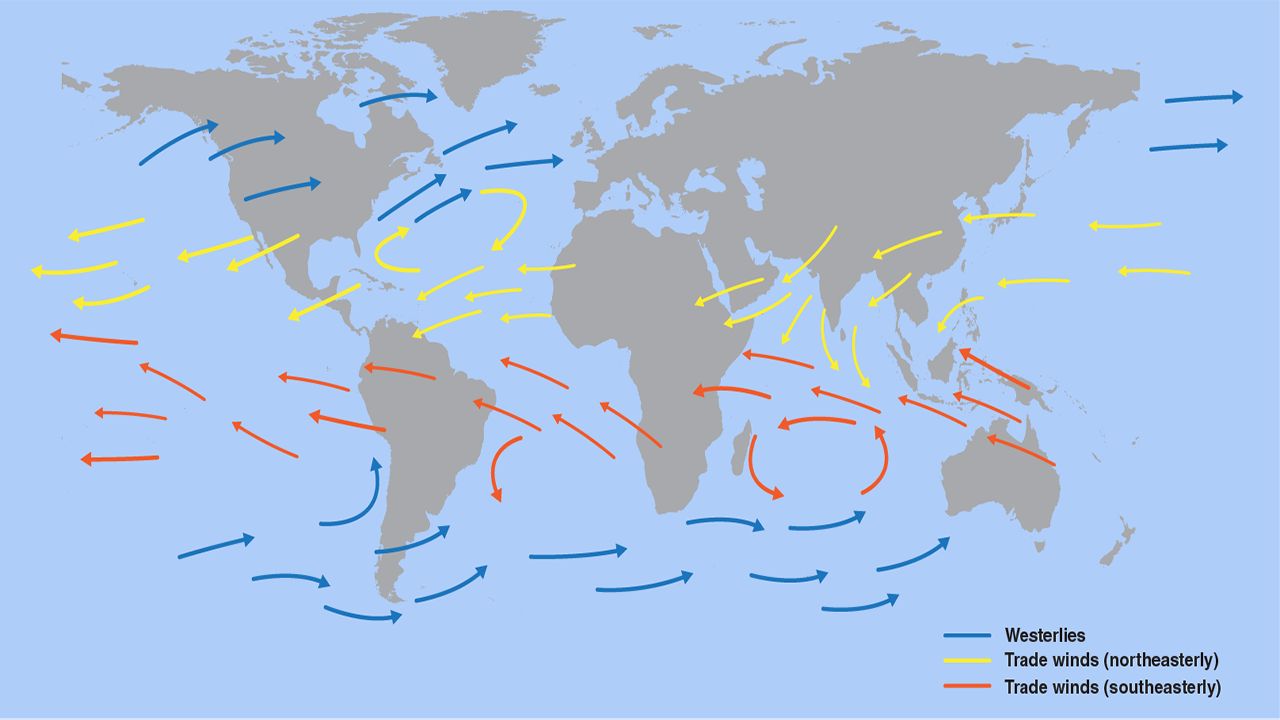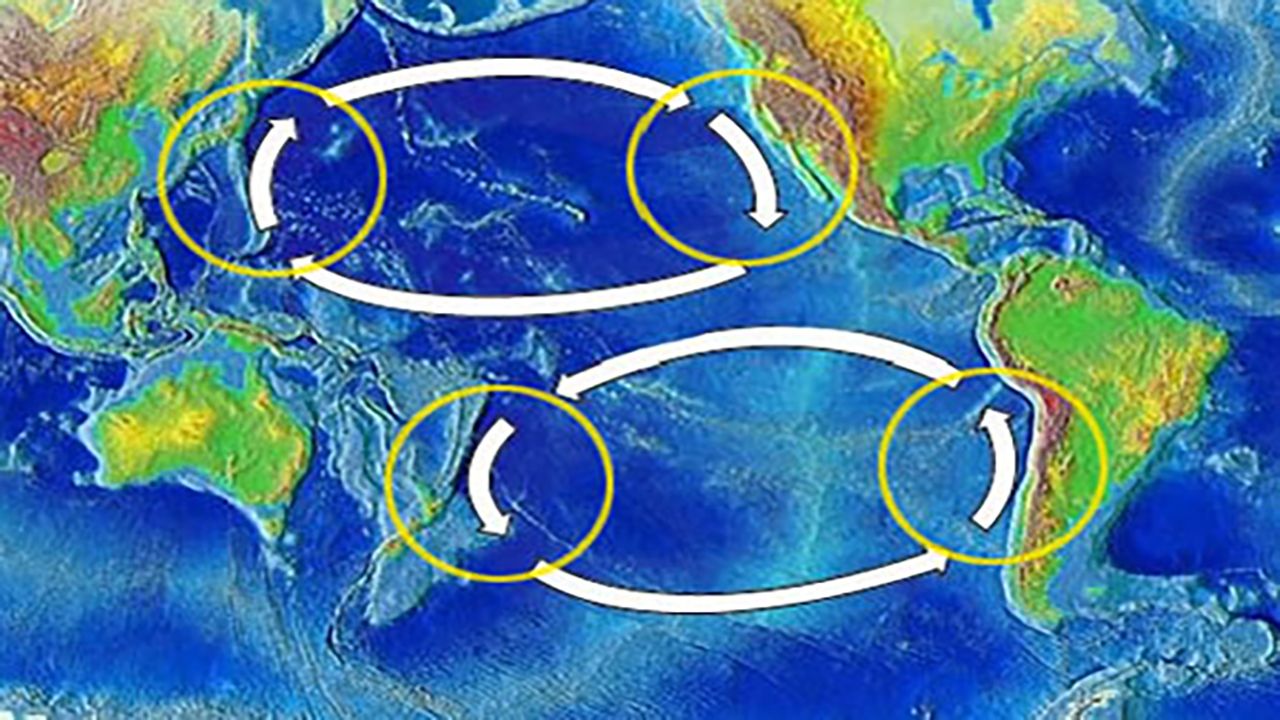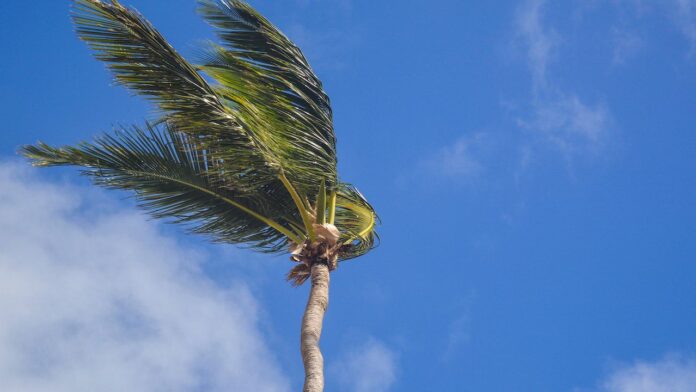One of the most important topics we learn in weather, the Coriolis effect, isn’t talked about enough.
What is the Coriolis effect?
The Coriolis effect happens because of the Earth’s rotation. This force makes things travel in a curve rather than a straight line.
In the northern hemisphere, things deflect to the right, and in the southern hemisphere, they deflect to the left.
Why does this happen?
The reason for this is that the Earth moves at different speeds at different locations.
Areas near the poles move at a much slower rate than areas closer to the equator.
To understand it better, NOAA breaks it down by using the Earth’s rotation. It takes 24 hours for the Earth to make one rotation.
Since the circumference is smaller at the poles, the poles travel at 0.00005 mph to move about six feet in circumference in 24 hours.
The circumference near the equator is about 25,000 miles long, which means the speed for this area to make one 24-hour rotation is 1040 mph.

(NOAA)
So the farther you are from the equator, the slower you travel.
It’s this change in speed that causes things to deflect and not travel in a straight line.
How does this affect the weather?
The biggest effect on weather is with storms. Low pressure systems pull in air, and the Coriolis effect helps deflect the air to the left in the northern hemisphere, causing the low pressure system to spin counter-clockwise.
In the southern hemisphere, big storms rotate clockwise.
The Coriolis effect is also what gives us our global wind patterns.

(NASA/JPL-Caltech)
And in turn, the winds help give us our surface ocean currents, called gyres.

There is a gyre in the northern and southern hemisphere. Areas close to the equator are affected since the Coriolis force does not exist there. (NOAA)
Our team of meteorologists dives deep into the science of weather and breaks down timely weather data and information. To view more weather and climate stories, check out our weather blogs section.



